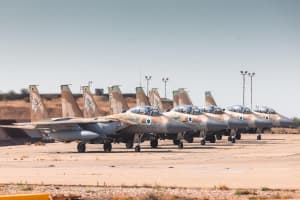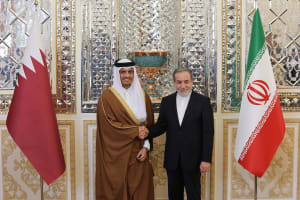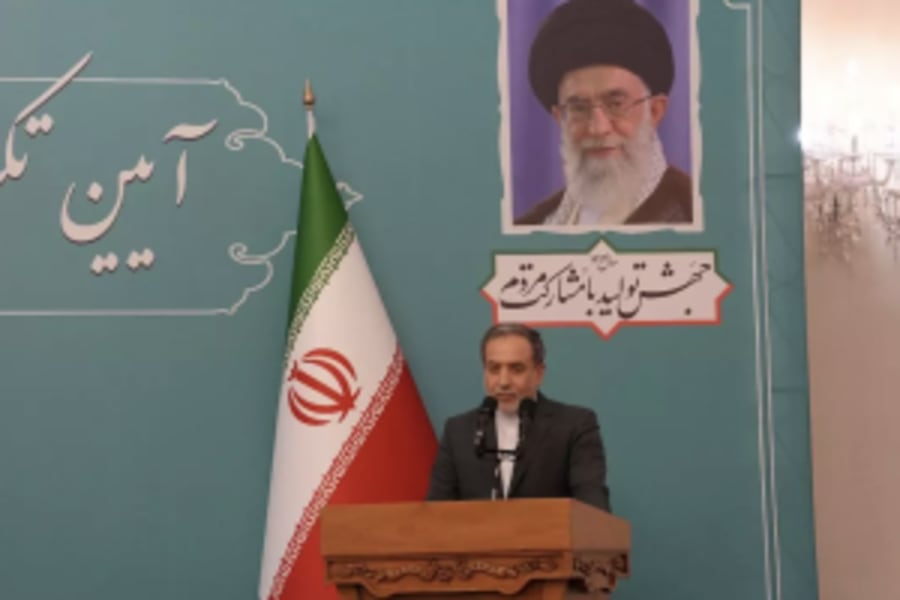IDF’s integrated warfare and sophisticated command & control are key to winning the war
How does the Israeli army fight on the ground?
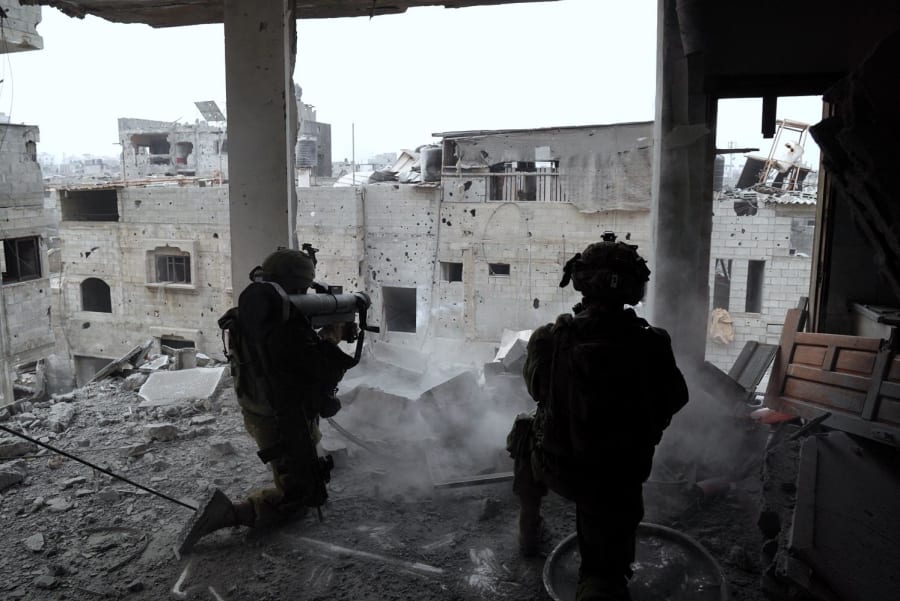
When Israel was forced into the latest war against Hamas on Oct. 7, many feared that huge numbers of young Israeli soldiers would be killed in action in the Gaza Strip, like in 2014’s Operation Protective Edge, when 67 IDF soldiers were killed.
In 2014, one estimate had even warned of losses of some 500-1,000 in the event of a deeper ground operation in Gaza, according to the Jerusalem Post.
However, contrary to those fears, the number of soldiers killed in action so far hasn’t risen above the losses of the last war, even though the IDF's activity during Operation Sword of Iron is several orders of magnitude.
One reason for this can be found in the slow and cautious approach by the IDF. Prior to the IDF's ground operations in Gaza beginning, it was prepared by a withering bombardment by the Air Force and artillery for almost three weeks.
Another reason is the method that the IDF is employing on the ground. Here, the IDF is operating in units called tzakach in Hebrew, which is short for tzevet krav khativati, meaning brigade battlegroup.
The concept of the battlegroup, also called task force in the U.S., is not unique to Israel but has been refined there over the last few years. In its most simple form, a battlegroup is a combined unit made up of several different types of subunits, most importantly infantry and tanks.
In peacetime, Israel’s most famous military units, such as the Paratroopers Brigade, operate on their own. Its routine tasks, such as the typical 6-month assignments of border security in a certain sector, are carried out by separate units of only infantry, only tanks, etc.
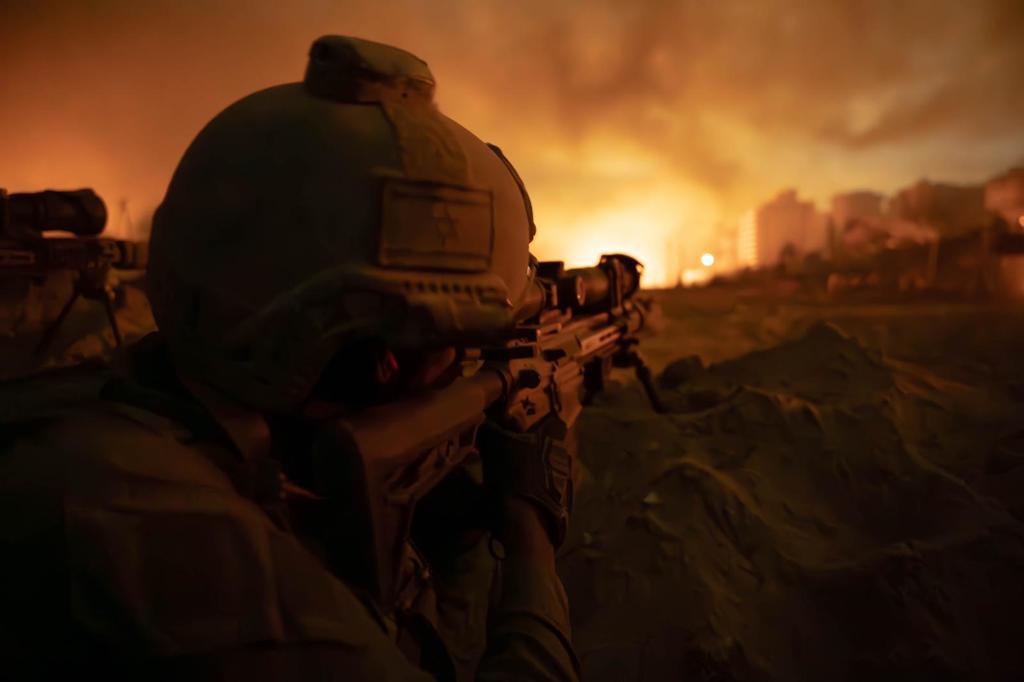
During wartime, this isn’t an efficient way to fight. A battlegroup is typically organized around either an infantry or an armored (tank) battalion, which is then joined by combat engineer battalions, tank hunter squads, combat intelligence and other supporting units, depending on the mission.
The battlegroup is also assigned its own air support, typically drones and helicopter gunships, as well as artillery units in the rear.
Operating in such a mixed unit enables each battlegroup to communicate quickly and efficiently to take out any threat by itself, without having to request and then wait for backup.
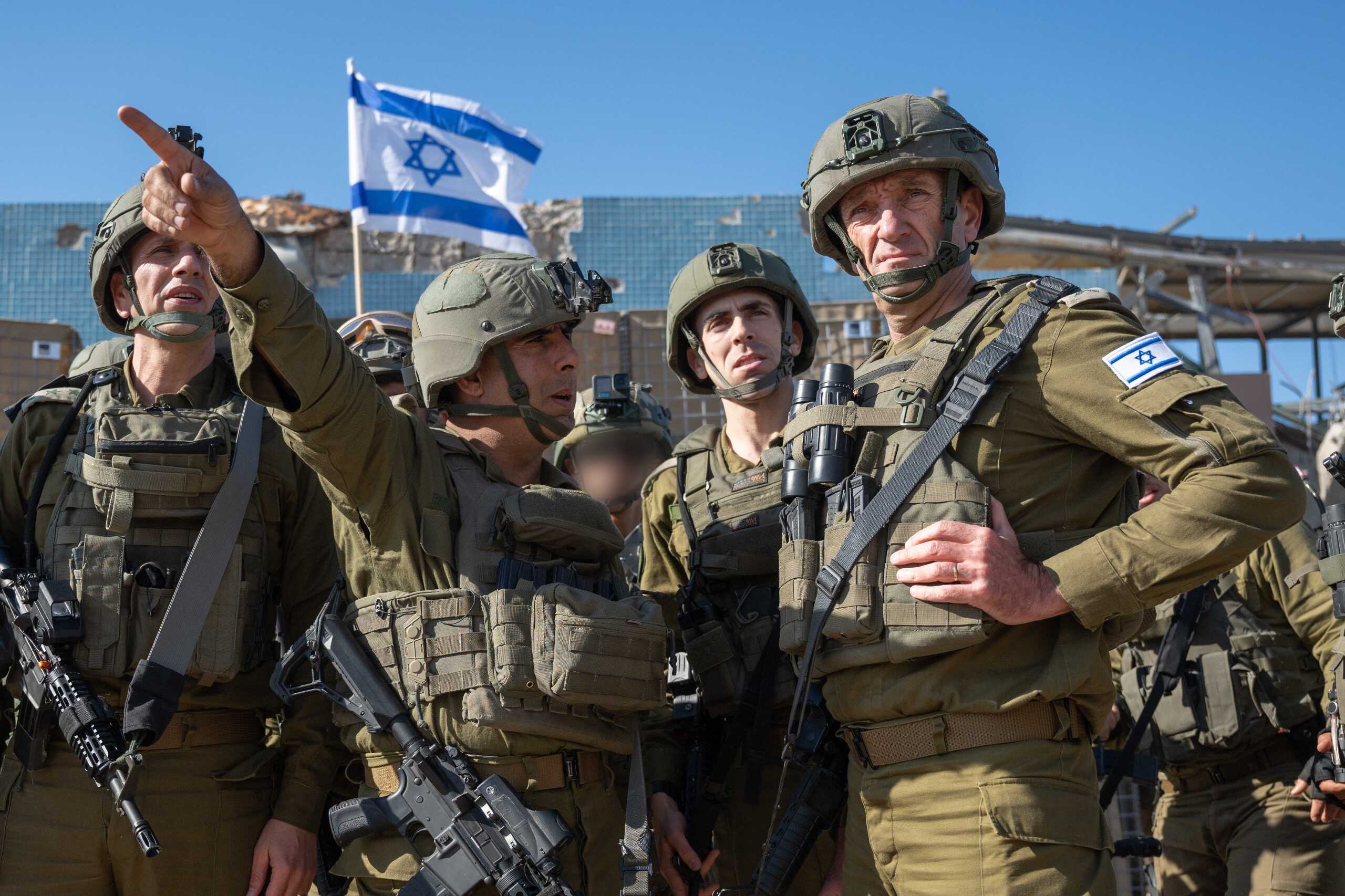
This unit structure, in combination with a methodical, slow and precise way of fighting, is the reason for the relatively low losses on the Israeli side so far.
When a battlegroup advances, one of the IDF’s intimidating armored D-9 bulldozers takes the lead to clear the way of explosives and other traps. Behind them follow tanks and soldiers on foot.
If one of the soldiers identifies a threat, the battlegroup’s commander can decide how to attack it by choosing from several options.
For example, if an explosive charge or a suspicious tunnel entrance is found, the commander either calls on the battlegroup’s combat engineers or requests backup from the combat engineering commando unit, Yahalom.
If a group of Hamas terrorists is entrenched in a building and the battlegroup can’t clear them without endangering its soldiers, the commander requests a precise airstrike from his assigned fire control unit, which mostly sits in the rear or even in Israeli territory.
The transmission speed of this information is critical, and this war has seen unprecedented efficiency through years of training and the implementation of new communication technology, which has led to great success.
Within mere minutes of a threat being identified, the intelligence from the battlegroup on the ground is transferred to the fire control unit, which then chooses the appropriate response. It then assigns the task to one of the aircraft circling above Gaza, which proceeds to destroy the target.
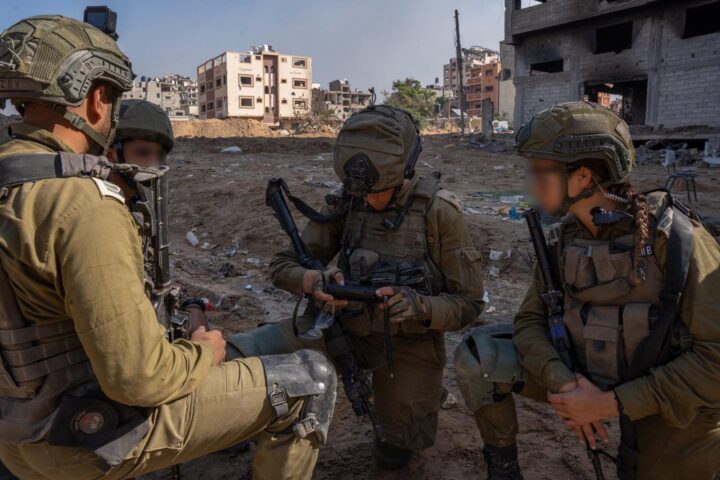
Several commentators have lauded the IDF for the seamless integration of different units and weapons systems, which is one of the main reasons for the Israeli army’s success so far.

Hanan Lischinsky has a Master’s degree in Middle East & Israel studies from Heidelberg University in Germany, where he spent part of his childhood and youth. He finished High School in Jerusalem and served in the IDF’s Intelligence Corps. Hanan and his wife live near Jerusalem, and he joined ALL ISRAEL NEWS in August 2023.



